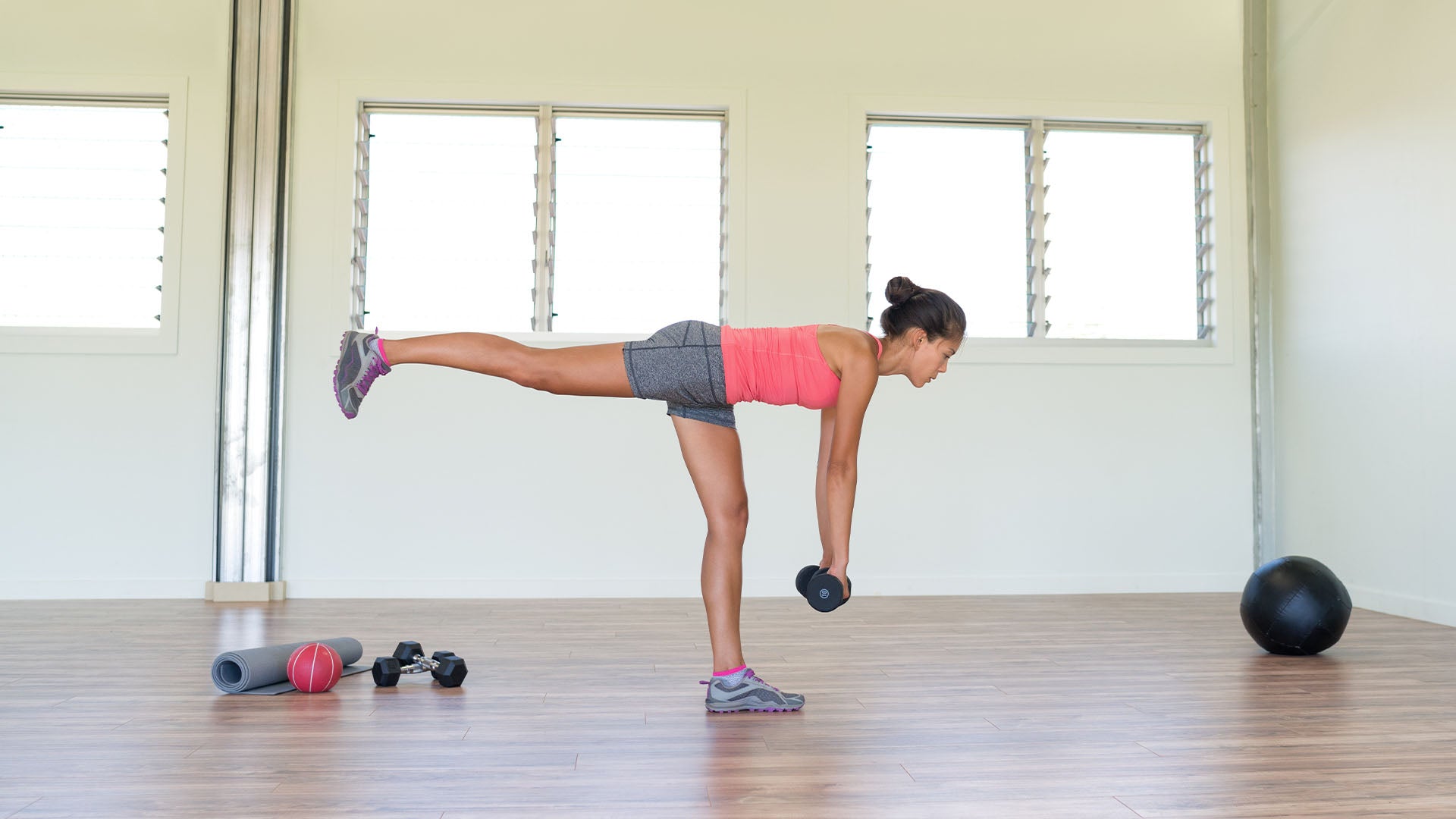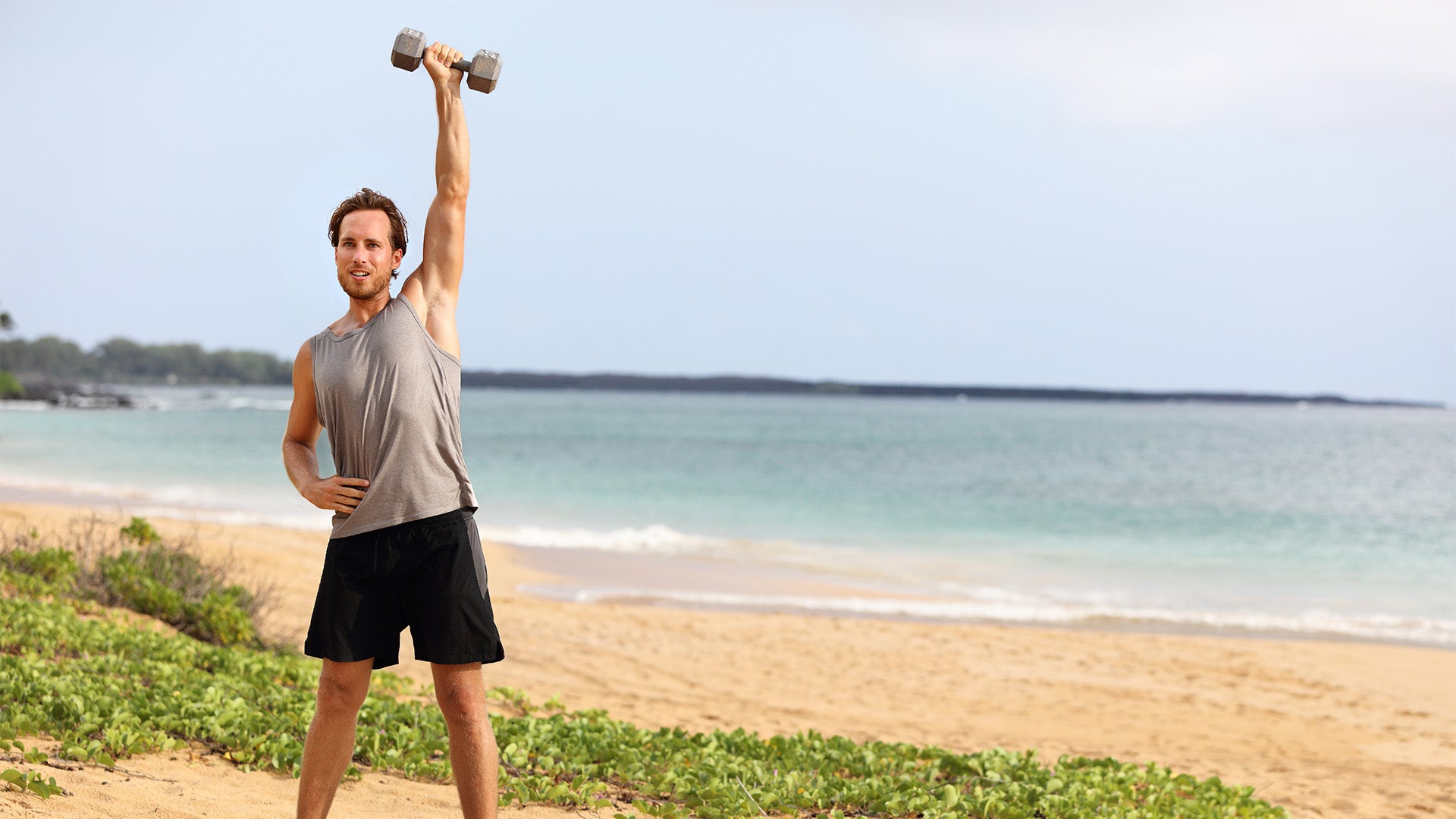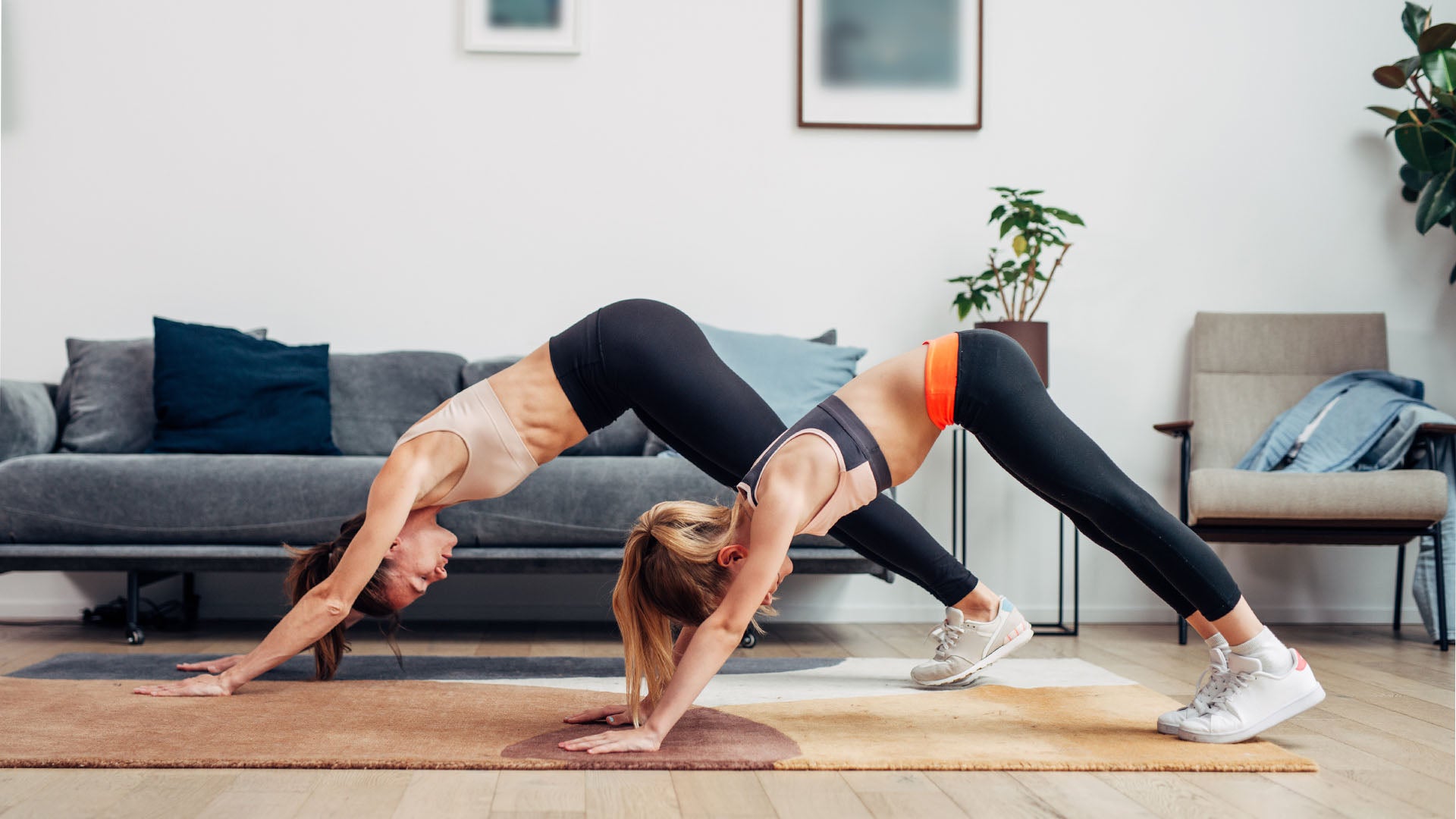Dancing is a workout in and of itself. But for professional dancers, certain movements can’t be done without an insane amount of upper and lower body strength. In fact, dancing is a full-body sport that uses almost every muscle.
For that reason, it’s important for dancers to have a strong sense of balance, power, and flexibility to improve their craft. Here are some of the best workouts for dancers.
1. Balance Workouts for Dancers
Dance can take many forms, but if you’re involved in a form of dancing that requires single-leg movement, then you already know how important it is to have good balance. You can improve your balance through several different exercises.
Single-Leg Romanian Deadlift

Romanian deadlifts activate the glutes and hamstrings better than most exercises, and when you perform them on a single leg, you combine these benefits with stability and balance. This single-leg variation requires a little practice to get the hang of, but it can strengthen the hips and glutes to give you more stability on the dance floor.
With a single-leg deadlift, a few key reminders include keeping your shoulders up and back the whole movement. It’s not about how low you get the dumbbell towards the floor – it’s about the stretch you feel in your hamstrings. Once you have that stretch, slowly return to the starting position.
Also, keep your back foot pointed straight toward the ground. If your leg starts to face away from you, your center of balance will be skewed, and it will be harder for you to keep yourself from falling over.
Single Leg Bicep Curl
It’s important not to neglect the upper body as a dancer. While it is a primarily lower-body-focused sport, certain variations require you to hold your body weight off the floor or hold the weight of a partner in duo dances. Bicep curls are great for enhancing muscle definition in the arms, but you can make a simple adjustment to make them great for balance.
When doing bicep curls, think about bringing your pinky to the outside of your shoulder to better activate the muscle. And by lifting one foot off the ground, you’re adding a balance component to the move that not only helps strengthen coordination but it also prevents you from using momentum to drive the weight up. At the end of the day, it makes for a more effective movement.
The thing about bicep curls is that you’re activating the maximum muscle force at the center of the movement. At the top or bottom of the range of motion, your muscles aren’t really doing that much work. This is called the strength curve, and it happens with most forms of traditional strength training.
However, Speede is a revolutionary device that uses AI to adjust to your own strength curve, meaning that you’ll feel the perfect amount of resistance at every point in your rep. The velocity of motion stays the same, but the resistance changes to match your muscle’s exertion.
The best way to understand the difference is to see it for yourself. Book a demo today to reach your fitness goals in a fraction of the time.
2. Power Workouts for Dancers
Certain forms of dance require fast, explosive, and forceful movements. This is especially true for hip-hop and other alternative styles of dancing. For that reason, it’s important to incorporate power exercises into your training regimen to better prepare the muscles for forceful exertion.
Dumbbell Snatch

The snatch is a quintessential power movement that strengthens the glutes, hamstrings, quads, and shoulders. By using a powerful drive through the legs to bring the dumbbell overhead, you’re effectively able to drive more weight as opposed to traditional overhead presses. This allows you to gain strength in the upper and lower body while also preparing the joints for quick movements.
With a snatch, think about zipping up a jacket. Keep the dumbbell close to the center of your body as you drive the weight up overhead. Also, ensure that you’re hinging the hips back to pick up the weight rather than squatting.
Explosive Push Up
When the exercise has the word “explosive” in its name, you know it’s a great exercise for power. Being able to drive force with the upper body is especially important for styles of dancing like breakdancing, hip-hop, or contemporary dance. And explosive push-ups take a normal push-up and require you to use explosive force to drive your body off the ground for a brief moment.
When doing an explosive push-up, you can always try to start it on your knees if it’s too challenging to do a full push-up. Try to force yourself off the ground to get your body into the air, and then brace for impact with a soft landing. You can also do this against a wall or a bench until you work up to a proper explosive movement.
3. Flexibility Workouts for Dancers
Perhaps one of the most important types of exercises to do as a dancer is related to increasing your range of motion and loosening the muscles. Flexibility exercises can make it easier for you to flow between dance moves while also reducing the risk of injury.
World’s Greatest Stretch
While the name of this stretch is up for debate, it’s one of the best flexibility and mobility exercises in the book because it’s able to work pretty much every muscle in the whole body. Especially for ballet dancers or ballroom dancers, this move does a great job of enhancing spinal mobility, which is essential for both of those dance variations.
For this stretch, start in a high plank and bring your right foot up next to your right hand. Then take your right hand and rotate towards the ceiling, keeping your left arm planted. Then switch sides, bringing that left foot forward and that left hand up toward the ceiling.
Downward Dog to Child’s Pose

Yoga flows are some of the best ways to enhance flexibility for dancers. Plus, it can promote relaxation to help you de-stress before a competition or big performance. Downward dog and child’s pose both effectively stretch the hamstrings and back muscles, respectively, making these great poses to incorporate into a cooldown of your training routine.
Start in a downward dog with your hips up towards the ceiling. Then slowly flow into a high plank. From there, drop your knees to the floor and pull your booty back to your heels. Then flow back into that high plank and repeat.
Shoulder Stretch to Tricep Stretch
Even though dancing primarily occurs at the feet, there’s lots of work for your arms to do in every performance. Making sure that your shoulders and triceps are loose is important for preventing injuries and enhancing your performance on the dance floor.
For a shoulder stretch, you’ll take your arm and bring it across your chest to the opposite side of the body. Hold for 20 seconds, then using that same arm, bring your elbow behind your head and use your opposite arm to try to bring it further down your back for a tricep stretch. Repeat on both arms.
Speede Recovery Mode
In addition to helping you hit your gains faster than ever, Speede has a recovery mode that is perfect for helping you loosen your muscles and recover after a tough competition so you can get back into the action with ease. Recovery mode is meant for off-day training and assists in muscle growth and rebuilding.
Recovery mode will lessen the resistance to the perfect point to ensure that your muscles are working and stretching without going too hard.
In Conclusion
Dancing is a total body workout that requires aerobic capacity, full body strength, and flexible joints. Incorporating all three types of exercises into your training routines can improve your performance on the dance floor with ease.
But if you feel like you’re not getting the results you want, it might have nothing to do with the exercises and everything to do with the equipment you’re using. Maximize your potential with Speede, a revolutionary device that uses AI to adapt to your strengths and build on your areas of improvement.
It’s built for athletes, but made for everyone. Book a demo today to see results faster than ever.
Sources:
Biceps Tendon Injuries: Causes, Symptoms & Treatments | Cleveland Clinic
Benefits of Power Training Exercises: 7 Reasons to Get Started | ACE Fitness

